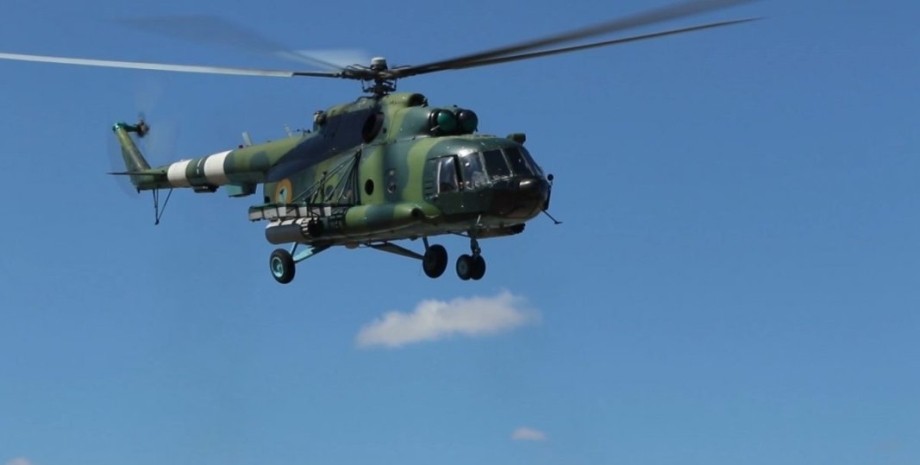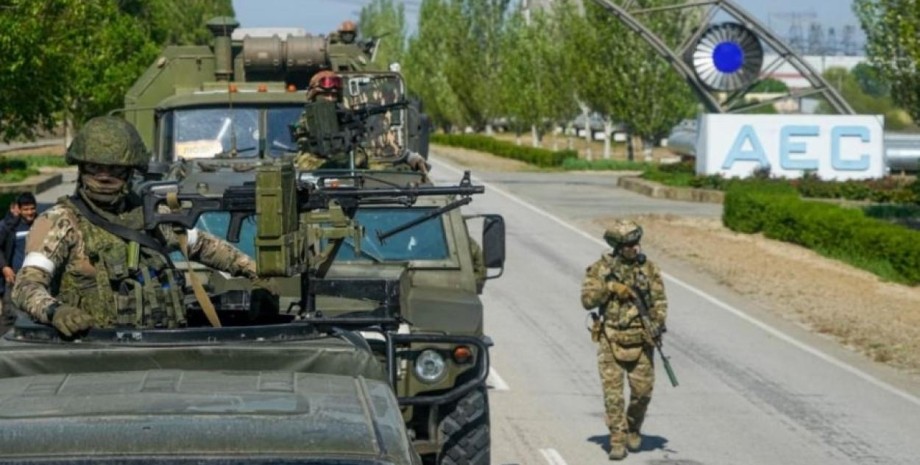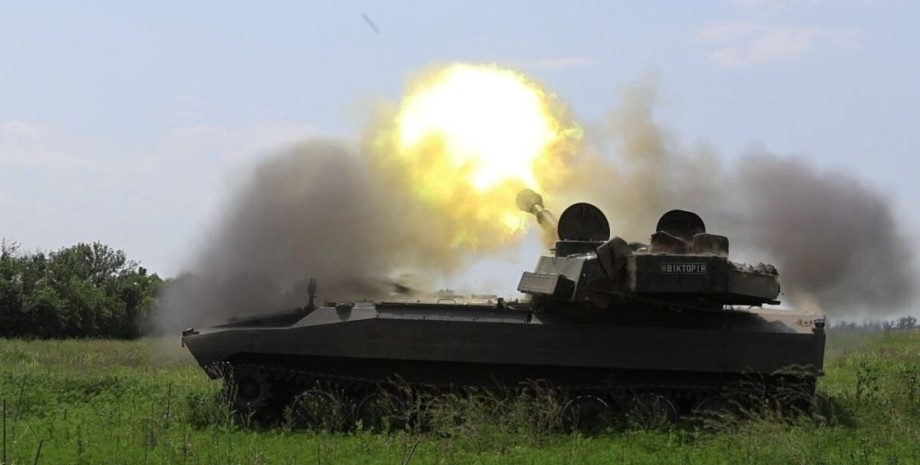
 By Eliza Popova
By Eliza Popova
7 μm. The detector operates in passive mode and informs the military in three ways: voice and vibration (informs the direction from where the beam comes from), with the help of three LEDs corresponding to the directions "left", "right", "center", or all at once. Spider management is very easy. The lever in the center of the case allows you to switch on and off the spider, and it also sets the alert mode. There is a separate volume adjustment button on the side.
The device can be fixed on a helmet-desk or install a tripod using a socket located at the bottom. The kit is included by the detector, the bag for its transfer, a small tripod, a strap for mounting (tinker), four batteries, a charger, an instruction and a passport. The total weight of the spider together with the power elements is 150 g.
The device works from two lithium-ion batteries of the RCR-123A type, which is enough for 12 hours, with a discharge up to 10% begins to blink a special indicator. "Spider" is protected from water and dust by IP65 and withstands a temperature of −30 to +40 degrees Celsius. According to the media, the spider detector was noticed in the armaments of the Wagner groups.
In December, Russian military blogger Alexander Arutyunov ("Razvivos") stated that the device was responding even to a regular and thermal imaging chamber, helping to detect DJI Matrice 30T quadcopters. Kalashnikov analysts believe that at the same time with the cameras, the drone used a built -in rangefinder, to which the spider reacted. In December, it was written that in Russia they stated a test of a new rapeseed station "rapese", designed to detect Ukrainian drones.
The developers are preparing for mass production of devices after testing on the battlefield, but Ukrainian expert Valery Yakovenko has doubts that Russians will be able to produce a lot of such funds due to a shortage of details for completing the background of sanctions. Recently, the binoculars have been introduced in Russia.




















Všetky práva vyhradené IN-Ukraine.info - 2022